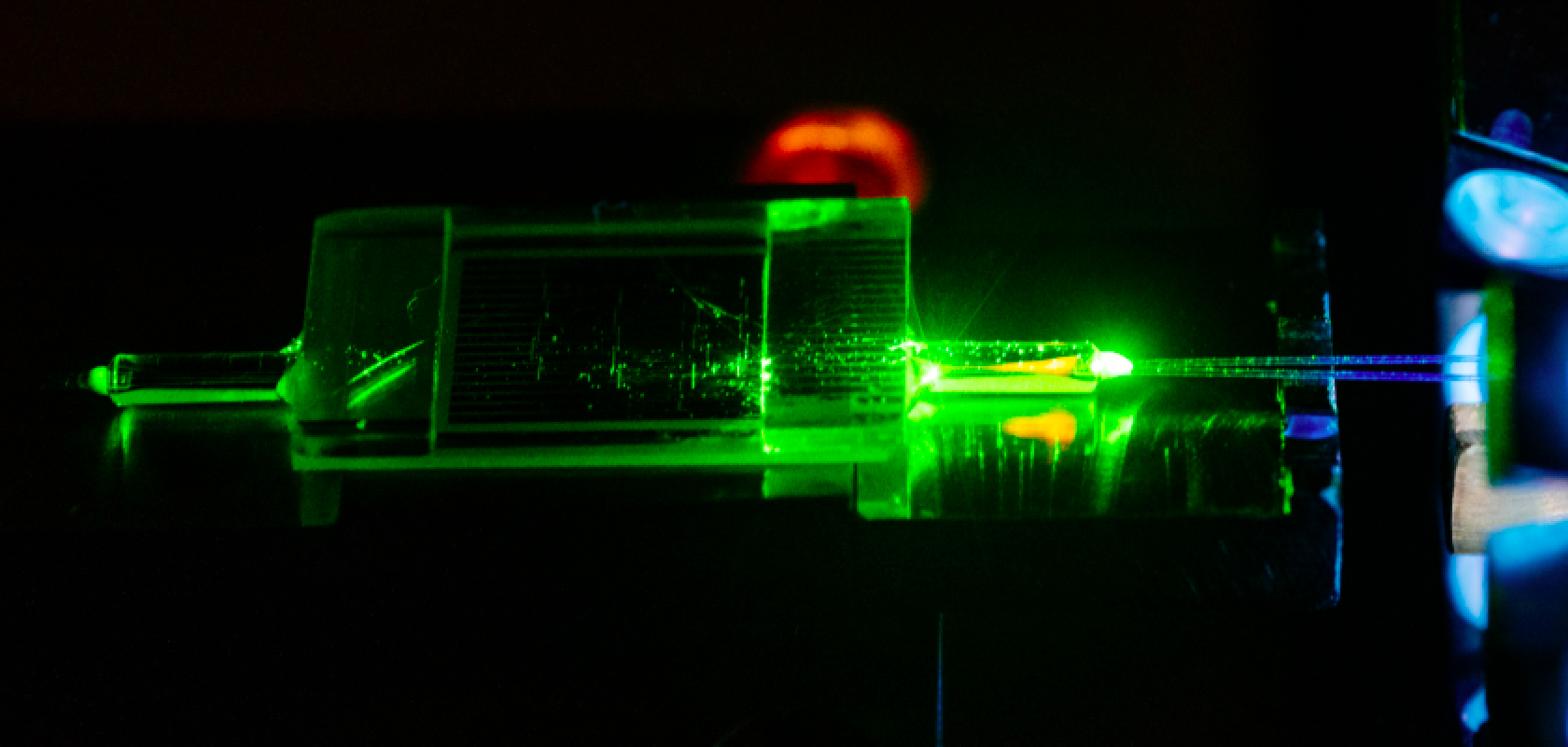Europe’s largest sampling-based quantum computer, named the Paderborn Quantum Sampler (PaQS), has been successfully executing calculations at the University of Paderborn, using light to perform quantum calculations.
PaQS, which is also Germany’s first photonic quantum computer, was built up as part of the PhoQuant funding initiative by the Federal Ministry of Education and Research by the researchers at Paderborn University with support from Menlo Systems, Fraunhofer IOF Jena and Swabian Instruments. It has been backed with €50 million in funding, and combines expertise from 13 science and industry partners to put Germany at the international forefront of photonic quantum computing.
Examining the potential of quantum computing with PaQS
While alternative quantum computing platforms are based on methods such as superconducting qubits or trapped ions, the researchers at Paderborn are using PaQS to examine the potential of light to perform quantum calculations.
Photonic quantum computers offer promising scalability and high clock rates, however the field of quantum computing is still developing and in its infancy. That’s where the team at Paderborn are hoping to bridge a gap, assessing the advantages and drawbacks of various quantum platforms.
Professor Christine Silberhorn, physicist and spokesperson for the Institute for Photonic Quantum Systems at Paderborn University, commented: “Quantum computers are extremely sensitive to system imperfections. Scientists across the globe are therefore working on a variety of experimental platforms. The largest photonic quantum computers currently exist in China, Singapore, France, and Canada. Every approach to realising quantum computing has its pros and cons: for example, photonic networks – i.e. light-based networks that work with light particles called photons – can operate at room temperature and be implemented in miniaturised, programmable circuits. However, they have to contend with optical losses.”
Squeezing new life into high-power computing
With PaQS, the researchers have Europe’s largest Gaussian boson sampling machine, allowing them to make any desired configuration possible and supporting their aims to measure where photons exit the large photonic network.
Silberhorn explained: “We are tackling this problem by drawing on Germany’s world-leading expertise in integrated photonics, and we have managed to create a Gaussian boson sampler consisting of scalable components. This required the development of many new components and highlights the amount of work that goes into building such a device. We are treading entirely new ground here. This makes the process extremely complex.”
Silberhorn added: “For Gaussian boson sampling, this resource is known as ‘squeezing’ or ‘squeezed light’, the quantum mechanical properties of which can be manipulated and thus harnessed. The Integrated Quantum Optics working group at Paderborn University has a long tradition of using optical waveguides to develop highly optimised squeezed states. We have access to the expertise needed to produce a light source that will drive the PaQS machine.”
The PaQS has been developed with a forward-looking approach to system integration and full programmability, setting it apart from previous examples in the field. It employs a fully programmable interferometer that allows for any configuration to be applied. This system directs light particles through a network of fiber optic cables, similar to switches in a shunting yard, with photon output measured at various locations. Such capabilities are particularly useful for addressing challenges like protein folding and calculating molecular states in pharmaceutical research.
The full programmability of PaQS enables the incorporation of future applications, offering significant flexibility and adaptability. Currently, the system is being expanded to handle more complex calculations, laying the groundwork for future devices that will enhance system integration even further.
In the future, Paderborn will play host to every step in this process of developing scalable methods for quantum system control – from fundamental research into new quantum algorithms to large, complex quantum systems to real photonic quantum networks for relevant computing applications.


